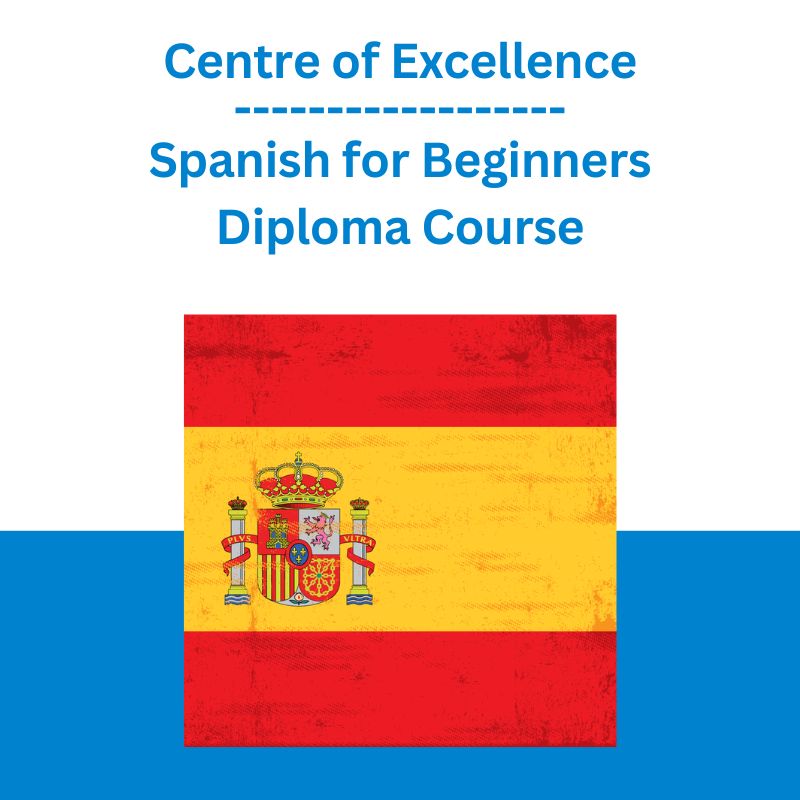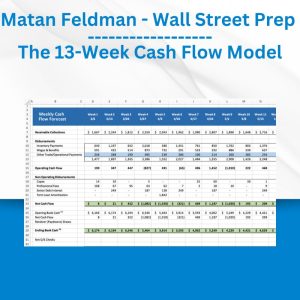*** Proof of Product ***
Exploring the Essential Features of “Centre of Excellence – Spanish for Beginners Diploma Course”
Spanish for Beginners Diploma Course
COURSE INFORMATION
10 Modules
Lifetime Access
11 Audio Files
Audio Course Included
What Will You Learn?
A language of passion, romance, community, family, and living life to its fullest, Spanish is one of the most widely-used languages in the world. The Spanish for Beginners Diploma Course provides a simple and fun way to learn to read, write and speak Spanish, using theoretical and practical topics that are ideal for beginners.
This beginners’ Spanish course provides simple explanations, useful examples and activities divided into 10 exciting modules, each of which is accompanied by an audio version of the module to ensure accurate comprehension and 20 assessment questions per module to test understanding.
The Spanish for Beginners Diploma Course starts by introducing you to Spanish greetings – both formal and informal. You’ll learn Spanish online by beginning with how to use the verbs ‘ser’, ‘estar’ and ‘tener’ to construct sentences, and become familiar with all of the ways to say goodbye in Spanish.
We’ll go through the alphabet – a basic but necessary subject to grasp in order to understand texts and build written and oral sentences. You’ll also learn how to write numbers and tell the time in Spanish.
You’ll learn how to order food and drinks in Spanish and discover vocabulary and useful examples that you can use while on holiday or business trips.
The course explains how to give (and ask for) personal information such as your name, address, age, nationality, and other details that will help you to interact with native speakers.
As you progress through the course, you’ll enrich your vocabulary and grammar and be able to speak with confidence about your occupation or profession and be able to address and talk about various family members by their relationship to you or others. You’ll learn how to describe people by their traits, such as their personality, physical appearance and clothing, and extend your vocabulary further by learning how to describe colours.
The course concludes by explaining how to use formal and informal ways of addressing people, in order for you to be able to differentiate between being polite and less formal.
Course Syllabus
What will I learn on the course?
Module 1: Greetings and Introductions
5 parts
Introduction
Part 1: Levels of Courtesy
Part 2: Ways to Say Hello
Part 3: Ways to Say Goodbye
Module 1 Assessment
Module 2: The Alphabet
4 parts
Part 1: Letters of the Alphabet
Part 2: Spanish Consonants
Part 3: Digraphs in Spanish
Module 2 Assessment
Module 3: Personal Information
7 parts
Part 1: Ways to Give and Request Information
Part 2: Names
Part 3: Places
Part 4: Telephone Numbers
Part 5: Email Addresses and Age
Part 6: Marital Status
Module 3 Assessment
Module 4: Ordering Foods and Drinks
4 parts
Part 1: Food Vocabulary
Part 2: Ordering Food and Drink in Spanish
Part 3: Formally Ordering Food
Module 4 Assessment
Module 5: Professions
4 parts
Part 1: Common Professions
Part 2: Articles and Gender in Professions
Part 3: Prepositions in Professions
Module 5 Assessment
Module 6: Numbers and How to Tell the Time in Spanish
4 parts
Part 1: Writing and Pronunciation
Part 2: Gender of Numbers in Spanish
Part 3: How to Tell the Time
Module 6 Assessment
Module 7: The Family
6 parts
Part 1: Family Members
Part 2: Types of Family
Part 3: Affective Names
Part 4: Polysemy of Spanish Words
Part 5: Fun Facts About Family Names
Module 7 Assessment
Module 8: Describing People
6 parts
Part 1: How to Describe People — Vocabulary
Part 2: Colours and Types of Clothing
Part 3: Dimensions and Personality Traits
Part 4: Use of the Verbs SER / ESTAR / TENER
Part 5: The Use of Gender in Descriptions
Module 8 Assessment
Module 9: Colours
4 parts
Part 1: Colour Vocabulary
Part 2: Pronunciation, Gender and Number of Colours
Part 3: Grammatical Structure When Asking About Colours
Module 9 Assessment
Module 10: Formal and Informal Ways of Addressing People
5 parts
Part 1: Formal Language
Part 2: Informal Language
Part 3: Neutral Formality
Conclusion
Module 10 Assessment
Who Would Benefit from This Course?
The Spanish for Beginners Diploma Course is for anyone who is completely new to the language and would like to learn from the ground up. You’ll quickly gain a good comprehension of the basics and practical, useful language that can be used straight away to ask simple questions and give answers in order to start small conversations with any Spanish speaker.
This said, if you have some familiarity with Spanish, this course will help you to solidify your knowledge and give you a solid foundation in order to build sentences in masculine and feminine and use singular and plural language.
Please see the full list of alternative group-buy courses available here: https://lunacourse.com/shop/










 Trade Like Mike - The TLM Playbook 2022
Trade Like Mike - The TLM Playbook 2022